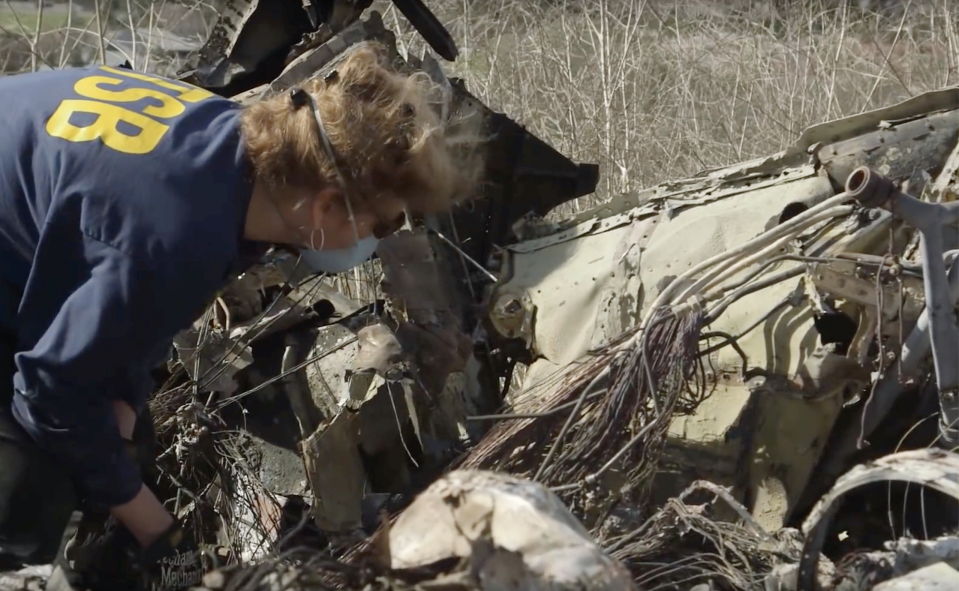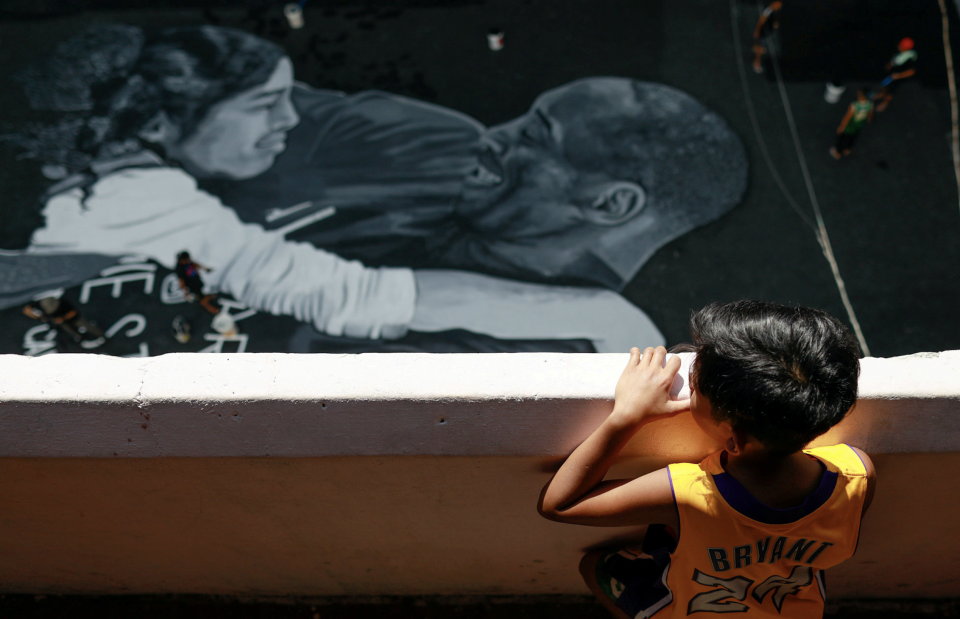Former FAA investigator analyzes helicopter crash that killed Kobe Bryant
The Jan. 26 helicopter crash that killed basketball legend Kobe Bryant, his daughter Gianna, and seven others is raising questions about helicopter safety.
Former National Transportation Safety Board (NTSB) and Federal Aviation Authority (FAA) Investigator Alan Diehl told Yahoo Finance’s YFi PM that investigators not only have to study the condition of the wreckage, but also work to determine the pilot’s mental state.
“[Investigators] have to eliminate mechanical error first,” Diehl said. “Then they'll try to reconstruct the weather in the immediate vicinity. They've asked for witnesses that may have taken video to give those to the Safety Board.”
Collecting debris from the Sikorsky S-76B helicopter required extra care, authorities noted, as the remnants were spread over nearly 600-feet of hilly terrain in Calabasas, Calif. The “high-energy impact crash” involved the Sikorsky S-76 helicopter losing communication with air traffic controllers at 2,300 feet and then diving at a rate of more than 2,000 feet per minute.

‘They'll do a psychological autopsy on him’
Diehl says investigators will dig into the background of Bryant’s pilot, Ara Zobayan, who also worked for Los Angeles Clippers star Kawhi Leonard.
“They'll do a psychological autopsy on him to see if there was anything that went into his decision making that might have contributed to the accident sequence,” Diehl explained.
Zobayan had been given special clearance to fly in difficult weather conditions, authorities said, despite Sunday’s morning fog being so thick that the Los Angeles Police Department grounded its helicopters that afternoon.

“He accepted the so-called special VFR clearance, which is basically a promise to the controllers that you're going to stay clear of the clouds,” Diehl said. “If you don't do that you could lose your pilot's license. So he was trying desperately to do that. But the question is, why didn't he file a formal instrument flight plan request? Maybe he wasn't current. Maybe he didn't have the equipment- although I'm pretty sure that chopper was well equipped.”
Long Beach-based Island Express Helicopters, which operated the helicopter, said Zobayan was its chief pilot and had logged more than 8,000 flight hours.

‘It's up to the FAA, where I used to work’
The tragic situation could lead to changes in how helicopters are regulated.
NTSB official Jennifer Homendy told reporters on Tuesday that the helicopter was not equipped with a safety system that the NTSB recommended be made mandatory for all U.S.-registered turbine-powered helicopters that carry at least six people in 2006.
This terrain awareness and warning system, or TAWS, is meant to warn pilots of surrounding obstacles. But the FAA objected to making the system mandatory, according to Homendy.

The TAWS is currently only required for air ambulances and other medical helicopters. Diehl says that may change as companies like Uber and Blade look to amp up helicopter tourism.
“The [NTSB] is, if anything, very meticulous,” Diehl explained. “But if they see a need for changing the regulations, they can only make recommendations. “It's up to the FAA, where I used to work, to actually change the regulations. They may require things like voice recorders and data recorders, just so they can better understand these accidents and further reduce the rates.”
Meghan Fitzgerald is a producer for Yahoo Finance's YFi PM and The Ticker. Follow her on Twitter.
Read the latest financial and business news from Yahoo Finance
Follow Yahoo Finance on Twitter, Facebook, Instagram, Flipboard, SmartNews, LinkedIn, YouTube, and reddit.



